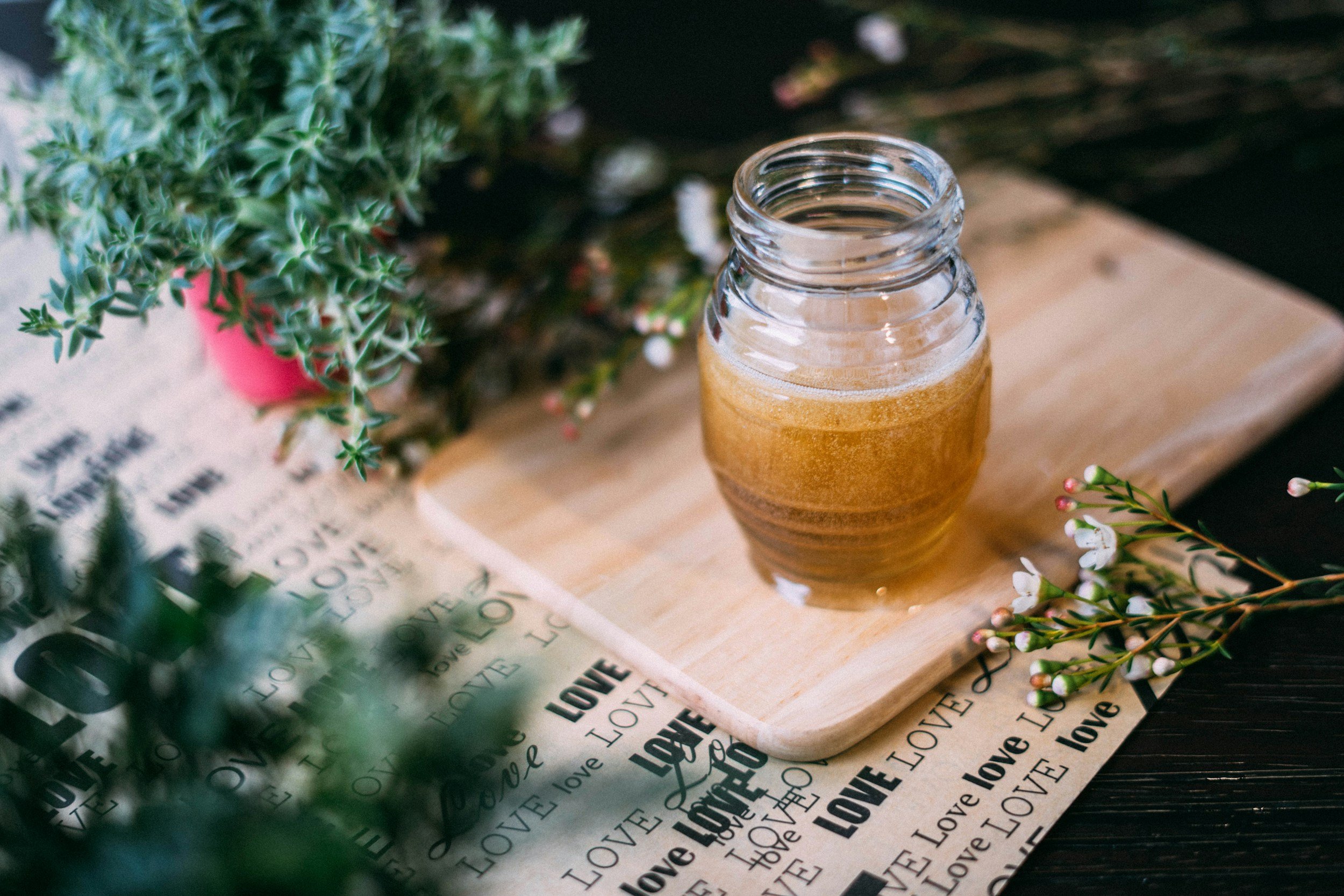9 Tips to Spot Quality Raw Honey While Shopping
By PAGE Editor
Honey has been prized for its natural sweetness and health benefits for centuries. However, with so many different kinds on the market, it can be hard to know which one is truly raw and of high quality. In this article, you will discover the nine key tips to identify quality raw honey when shopping, so you can enjoy its pure benefits without the guesswork.
1. Look at the Label
Some jars will clearly state that it is "raw" or "unfiltered." The label might also include details such as "unprocessed" or "cold-pressed." These are indicators that the honey hasn’t been exposed to high heat, which can destroy its nutrients.
Look for certifications or seals of approval, which can be a good sign that it has met certain standards of quality. In addition, the ingredients list is usually short, containing just honey. Avoid products that list added sugars or preservatives. So, these extras are a red flag that the honey is not pure or raw.
2. Check the Color and Texture
Raw honey often varies in color, ranging from pale yellow to deep amber, depending on the flowers the bees visited. Generally, darker honey has a richer flavor and may contain more antioxidants. Lighter honey tends to have a milder taste, but that doesn’t mean it’s less nutritious.
Aside from color, raw honey is typically thicker and more opaque compared to processed honey, which is smooth and runny. Quality raw honey might have a slightly grainy or creamy texture due to its natural sugars and enzymes. If it’s too watery, it could have been heated or filtered excessively.
3. See for Crystallization
One way to spot quality raw honey is by checking for crystallization. Over time, raw honey naturally crystallizes, forming sugar crystals and becoming more solid. In fact, it’s a sign that the honey hasn’t been heated or processed.
Additionally, crystallization can happen quickly in some varieties of raw honey depending on the floral source and storage conditions. If the honey in the jar appears cloudy or slightly grainy, it’s likely raw. However, honey that remains in a liquid state for long periods might have been processed.
4. Pay Attention to the Price
High-quality raw honey is often more expensive than regular processed honey. Cheap honey is often mass-produced and may contain added sugars or be pasteurized, which strips away the beneficial enzymes and nutrients. While it’s not always the case that the most expensive honey is the best, be cautious of extremely low-priced honey since it can be diluted with other ingredients to cut costs.
5. Observe the Source
Buying raw honey sourced from local beekeepers or reputable farms is often more trustworthy. Take note that smaller producers tend to focus on maintaining the natural qualities of honey rather than mass-producing it for commercial purposes.
But if the source of the honey is unknown or vague, it may be a sign that it’s been mixed with other ingredients or processed in ways that reduce its quality. Don't forget to always look for honey that proudly displays its region or farm of origin.
6. Avoid Honey Labeled as "Blended"
Most jars of honey are labeled as "blended," meaning honey from different sources has been mixed already. While this is not necessarily bad, it makes it harder to know the quality of what’s in the jar. Blended honey comes from various locations and lacks consistency in taste and nutritional value. Tracing the origins of a honey is easy because it carries a distinct flavor profile based on the flowers and region.
7. Perform a Water Test
Placing a small spoonful of honey in a glass of water is a way to check the honey's purity. Raw honey will clump and sink to the bottom without dissolving right away. This means that the raw honey has a thicker consistency and doesn’t mix as easily with water. On the other hand, processed honey with added sugars will dissolve quickly. While this test isn’t foolproof, it is a way to get a general idea of the honey’s purity.
8. Smell the Honey
Always remember that the scent of honey will vary depending on the type of flowers the bees collect nectar from, but quality raw honey generally has a fresh, floral, or slightly earthy smell. If the honey smells overly sweet or has little scent at all, it might have been overly processed or mixed with additives. Furthermore, trusting your sense of smell can be a way to determine if the honey is raw and natural.
9. Taste the Difference
Don’t forget that the taste of raw honey is usually richer and more vibrant than processed honey. The natural flavors should stand out, and you may notice hints of floral or earthy notes, depending on its origin. However, once you notice the honey tastes overly sweet without much depth, it might have been mixed with other sweeteners or processed in a way that diminishes its natural flavor.
Discover Nature’s Sweetest Honey Treasure!
Finding quality raw honey is a rewarding experience that ensures you're getting the natural and nutritious version of this ancient food. By looking for clues in the label, texture, color, and price, and even performing a few tests at home, it's easier to make an informed choice. With these tips in mind, shopping for raw honey becomes simple, giving confidence that the honey in your pantry is pure.
HOW DO YOU FEEL ABOUT FASHION?
COMMENT OR TAKE OUR PAGE READER SURVEY
Featured









Since then, the initiative has created a powerful ripple effect across the global supply chain, empowering luxury houses, premium brands, and forward-thinking mills to adopt clean chemical management and verified sustainable manufacturing at scale.